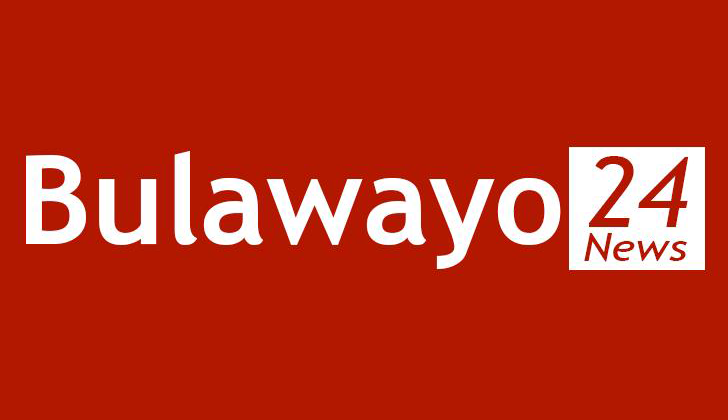News / National
Govt finalises mining cadastre rollout
10 hrs ago | Views

The Zimbabwean government is set to modernise the country's mining sector through the final rollout of a digital mining cadastre system aimed at improving transparency, accuracy, and efficiency in mining title management.
Effective from July 1, 2025, all existing mining title holders, new applicants, and those with pending applications will be required to submit updated geographic coordinates that comply with newly adopted geospatial data standards. This move forms part of the Ministry of Mines and Mining Development's Mining Cadastre Information Management System (MCIMS), a fully computerised platform designed to oversee mining rights and operations nationwide.
Permanent Secretary-Pfungwa Kunaka described the initiative as a pivotal step toward aligning Zimbabwe's mining governance with international best practices and digital advancements. "The Ministry is finalising the migration to a computerised Mining Cadastre Information Management System to record and manage all mining titles and related operations," he stated. He further noted that the system mandates coordinates conforming to the UTM Arc 1950 Coordinate System and Clarke 1880 Spheroid standards.
The new digital cadastre aims to resolve longstanding challenges such as overlapping claims, disputes, and cumbersome manual processes by creating a uniform and verifiable digital registry for mining titles. Kunaka clarified that the reform does not involve repegging claims but integrates all existing and new title information into the national electronic cadastre system.
To comply, all miners must have their mining coordinates professionally captured by registered mine surveyors using survey-grade equipment and following national and international standards. Submission of coordinates in the prescribed format will be mandatory during title renewals, as well as for all new and pending applications.
"This initiative seeks to build a reliable and transparent framework for mining title administration that promotes good governance and investor confidence," Kunaka said. He warned that any attempts to undermine the system's integrity would be met with legal consequences.
Lists of registered mine surveyors are available at provincial mining offices and through the office of the Chief Government Mining Engineer to assist miners with the transition.
Zimbabwe, rich in minerals including gold, lithium, chrome, platinum, nickel, and coal, stands to benefit significantly from the streamlined cadastre system. The MCIMS is expected to eliminate administrative delays, increase transparency, and encourage responsible resource management by maintaining a centralised, verifiable repository of mining rights.
This digital transformation is anticipated to bolster investor confidence, enhance regulatory oversight, and position Zimbabwe as a more attractive destination for mining investment within the region.
Effective from July 1, 2025, all existing mining title holders, new applicants, and those with pending applications will be required to submit updated geographic coordinates that comply with newly adopted geospatial data standards. This move forms part of the Ministry of Mines and Mining Development's Mining Cadastre Information Management System (MCIMS), a fully computerised platform designed to oversee mining rights and operations nationwide.
Permanent Secretary-Pfungwa Kunaka described the initiative as a pivotal step toward aligning Zimbabwe's mining governance with international best practices and digital advancements. "The Ministry is finalising the migration to a computerised Mining Cadastre Information Management System to record and manage all mining titles and related operations," he stated. He further noted that the system mandates coordinates conforming to the UTM Arc 1950 Coordinate System and Clarke 1880 Spheroid standards.
The new digital cadastre aims to resolve longstanding challenges such as overlapping claims, disputes, and cumbersome manual processes by creating a uniform and verifiable digital registry for mining titles. Kunaka clarified that the reform does not involve repegging claims but integrates all existing and new title information into the national electronic cadastre system.
"This initiative seeks to build a reliable and transparent framework for mining title administration that promotes good governance and investor confidence," Kunaka said. He warned that any attempts to undermine the system's integrity would be met with legal consequences.
Lists of registered mine surveyors are available at provincial mining offices and through the office of the Chief Government Mining Engineer to assist miners with the transition.
Zimbabwe, rich in minerals including gold, lithium, chrome, platinum, nickel, and coal, stands to benefit significantly from the streamlined cadastre system. The MCIMS is expected to eliminate administrative delays, increase transparency, and encourage responsible resource management by maintaining a centralised, verifiable repository of mining rights.
This digital transformation is anticipated to bolster investor confidence, enhance regulatory oversight, and position Zimbabwe as a more attractive destination for mining investment within the region.
Source - Business Times




































